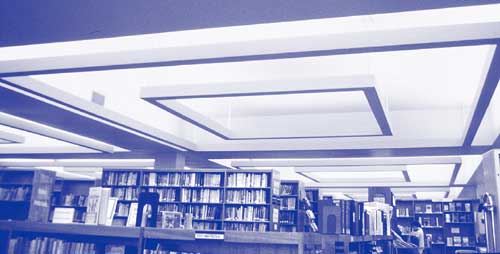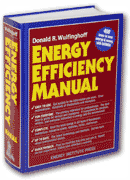Overview of…
Note 53. Lighting Efficiency Standards
The lighting design procedures recommended by the Energy Efficiency Manual will result in lighting efficiency that substantially exceeds the requirements of the most stringent energy conservation standards. Still, it is essential to be aware of building code requirements. This brief Note describes the general types of lighting efficiency standards and it provides a snapshot of the more prominent standards.
In response to the energy shortages of the 1970’s, many engineering and legal guidelines for lighting efficiency were developed. Because of competing concerns, there is no universally accepted approach to lighting efficiency requirements. Lighting conservation standards are diverse and still evolving. Their advantages and disadvantages are explained in the Note.
Construction codes are a major vehicle for lighting efficiency standards. In the United States and some other countries, the dominant efficiency standards is ASHRAE Standard 90 (currently called ASHRAE/IESNA Standard 90.1). Some states that are particularly aggressive about energy conservation have developed their own lighting energy conservation codes.
Tables of illumination levels for different types of activities, expressed in footcandles or lux, were the first widespread approach to mandating lighting efficiency.
A newer method is the “lighting power budget,” which specifies the lighting wattage, in watts per square foot or square meter, that is allowed for different types of activities.
Some construction codes include efficiency standards for certain lighting components, including lamps, ballasts, and controls. Similarly, some nations have laws that mandate minimum efficiencies in the manufacture and importation of certain types of lighting equipment.
Click here to return to the Table of Contents


